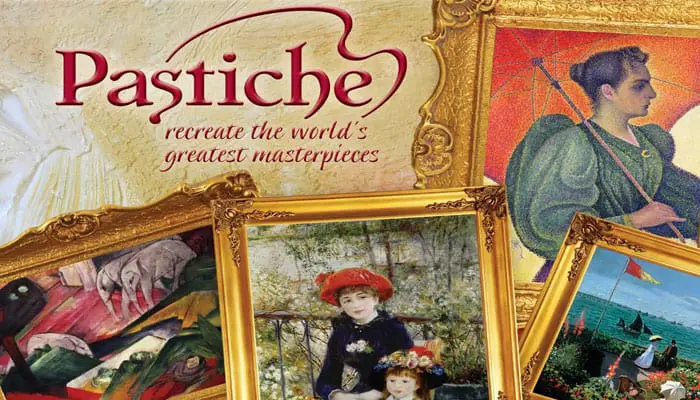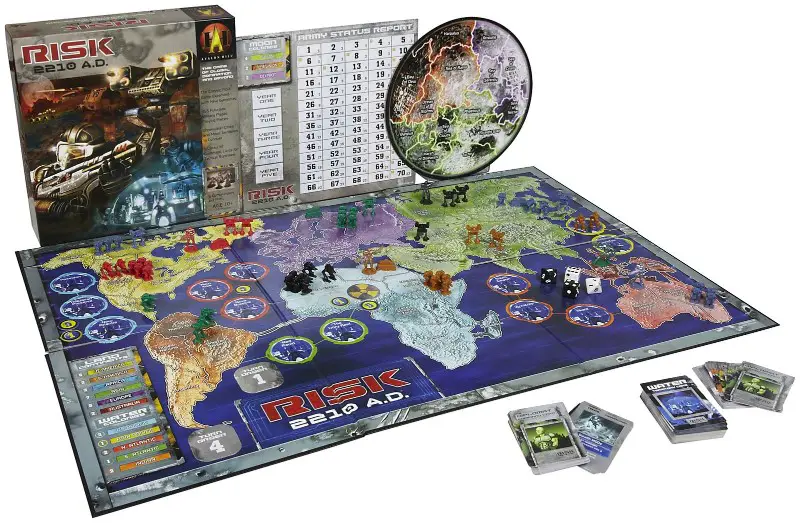
A world of beautiful colors comes alive as players complete commissions that picture some of the finest European and American art works from the past six centuries.
The word pastiche is used in the fields of literature and art to refer to something that is an imitation or recreation of an earlier work, often as a respectful homage or tribute to the original. In this game, players are making pastiches by mixing colors and recreating some of the palette colors used to create the original paintings of the masters. …












 Assassins enable an assassination attempt in Phase 6.
Assassins enable an assassination attempt in Phase 6.
















